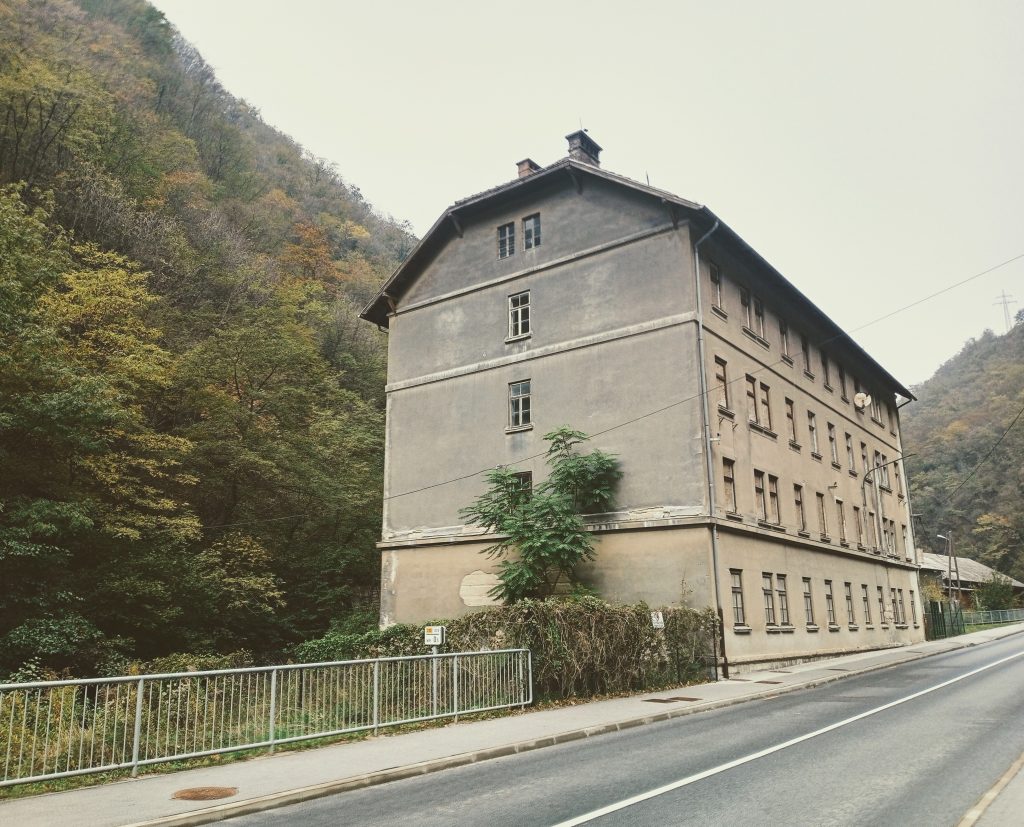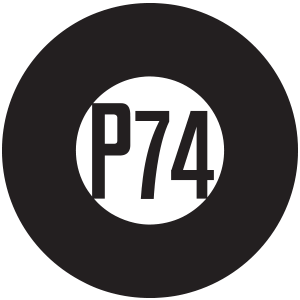
Đejmi Hadrović, The Absence of Presence, 2022
4 – 23 May 2023
P74 Gallery
>exhibition view @P74 Gallery
_____
Đejmi Hadrović’s solo exhibition is part of the OHO Group Award the artist received in 2022. She convinced the jury with the video essay, Nena (2021), in which she presented the story of her grandmother Zahida, who had witnessed the Second World War and the Yugoslav War in the 1990s. The video essay depicts her situation in a neglected region, in contemporary Bosnia and Herzegovina, it relates directly to capitalism and the question of labour and capital structures of society, and at the same time shows how the political oligarchy has devastated both the country and its inhabitants.
This artwork shows the artist’s main interests that can also be followed through her past artistic practice – she often deals with feminist topics within a specific post-Yugoslav space and time, thereby referring to her own identity and (semi)past history in a broader sense. On the one hand, she follows the issues of gender, the multifacetedness of identity, migration, and discrimination based on religion and/or ethnic origin while also connecting it to work relations, capital, and the patriarchal structure of society. The exhibition in the P74 Gallery is to some extent a departure from the above-mentioned topics and focuses on the experience of the nomadic life of a contemporary artist and the questions about her own position, work, and her role in contemporary society. The starting point is a short video, entitled The Absence of Presence (2023), after which the exhibition bears its title, and in another room, a sound piece and an artist book are exhibited.
Video The Absence of Presence (2023) begins on a train, with a view through the window; gradual movement and sound indicate departure. The video follows an alternation of video clips and photographs from Hadrović’s personal archive of trips to artistic residencies, and this dictates a specific rhythm – moving images are interrupted by a few seconds of static photographs with which the author creates an additional slowdown and directs us to attentive observation. She takes us on an introspective journey through her own memories, through landscapes where we don’t see people – the focus is on the landscape, on the architecture that seems abandoned and where human traces are present only occasionally. The piece is about the life of an artist on the road, i.e., a time in which education, the art system, and her own curiosity dictate longer periods of life on the road and living in different places, but at the same time, it raises the question of what or where home is. When the artist is asked on her return to Trbovlje if she has finally come home, she replies: “No, my hometown is just a temporary outpost”. Non-attachment becomes a necessary survival skill and it runs from the orderly rhythm of life and material goods to people.
Despite the melancholic atmosphere of the video, it still to some extent allows for at least a slightly romanticized notion of traveling to unknown places, but this is at once undermined by the sound work created during the artist’s recent residency in New York. It is a compilation of recordings dominated by the sound of sirens – sirens of ambulances and emergency vehicles on emergency drives that are associated with various forms of accidents, the plight of anonymous individuals and families, and create discomfort. They directly demonstrate the soundscape that the artist experienced during her residency not only in the public space but also from the outside world penetrating the walls of her apartment. Through this duality, the author relativizes the self-evident expectations of living abroad, in a big city, as well as the fact that for foreigners the new city is not necessarily better than what they’ve known before.
While these two works speak indirectly about an intimate experience through the external, the artist book White Cisgender Poetry (2023) leads us deeper into the artist’s own thoughts and questions. The book contains a selection of photographs – (again) from the author’s archive – as well as texts and poems in Bosnian and English. The language choice, together with the content expressed, can be understood as a juxtaposition of the Balkan or the Bosnian identity against the Western one, while the writings deal with current topics simultaneously with personal ones and contain humour that grows into sarcasm and a critical stance. The raw honesty of the text can in some parts bring out a smile while giving a sense of heaviness in others, all of which prompts a reflection on the reader’s own doubts, attitudes, and actions. The exhibition as a whole creates a narrative in which Đejmi Hadrović primarily talks about the life and work of an artist; she layers that with existential and identity questions that follow her continuously and creates a personal commentary on contemporary society.
_____
Đejmi Hadrović (1988, Trbovlje) graduated from the Faculty of Humanities of the University of Primorska and received her master’s degree from the University of Art and Industrial Design in Linz, Austria. Her work is based on a theoretical framework that she transfers to contemporary artistic practices such as video, photography, performance, and installation. The content of her works is based on an attempt to extract important cultural connections and ideological points from what is happening in the Balkans and in the post-socialist region in general. Since 2017, she has been a doctoral scholar at the Academy of Fine Arts in Vienna. Hadrović is the recipient of the Förderungspreise der Stadt Wien (2018) and the OHO Group Award (2022). She’s exhibited at several solo and group exhibitions, e.g., Body Embedding, FLUC, Vienna; Like Water, Project space TOP, Berlin; Under 2021, Simulaker Gallery, Novo mesto (2022); Leap and Dive II, Gallery U10, Belgrade; Bait al-Zaibaq, Ramallah Municipality, Palestine (2021); Unveiling the Silence, Alkatraz Gallery, Ljubljana; Chimney Sweeping, Museum of Contemporary Art Vojvodina, Serbia (2020).

